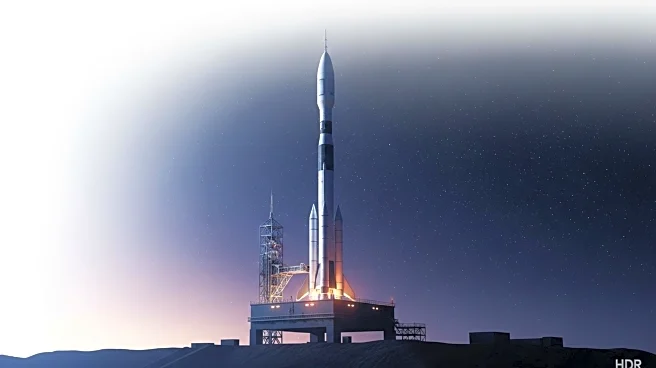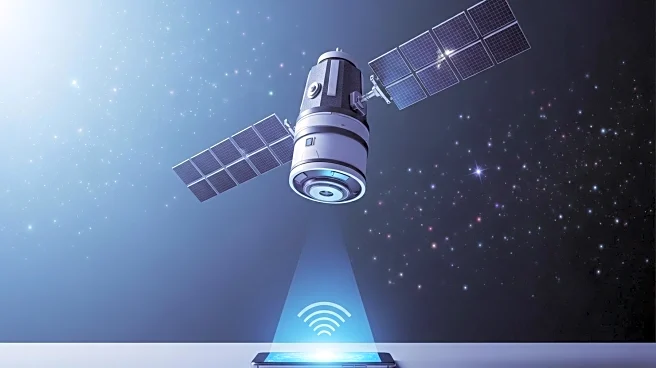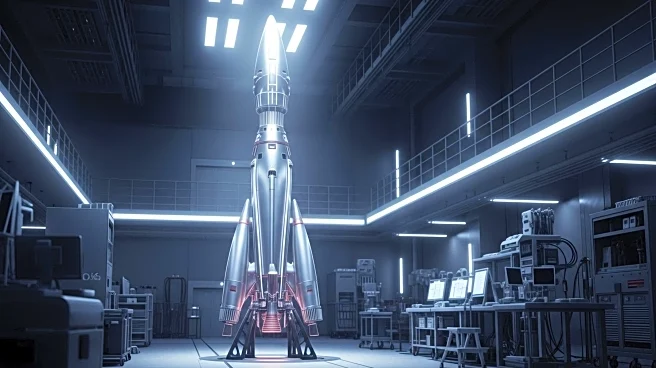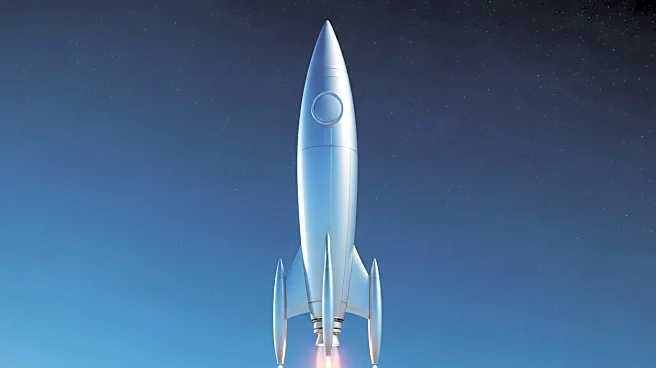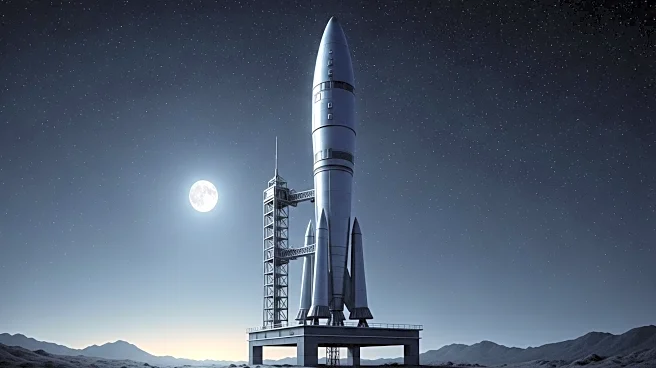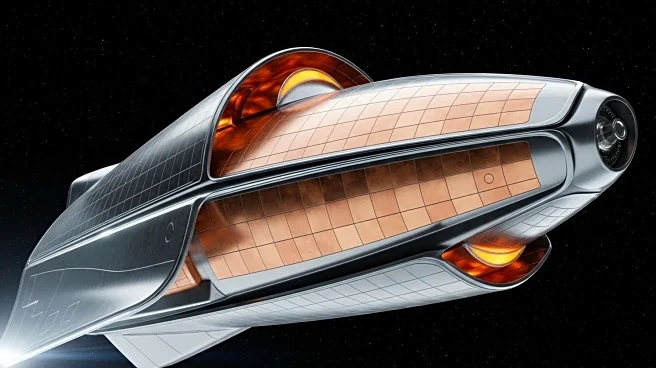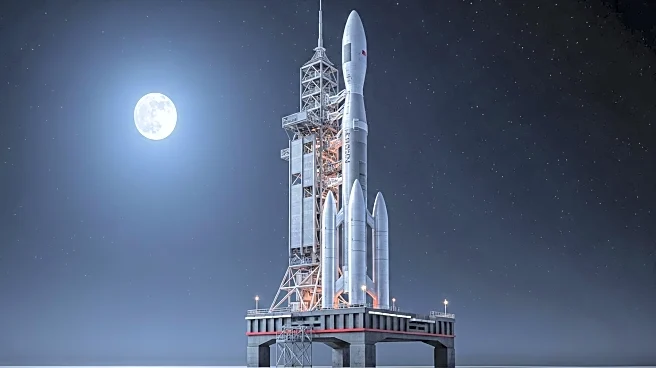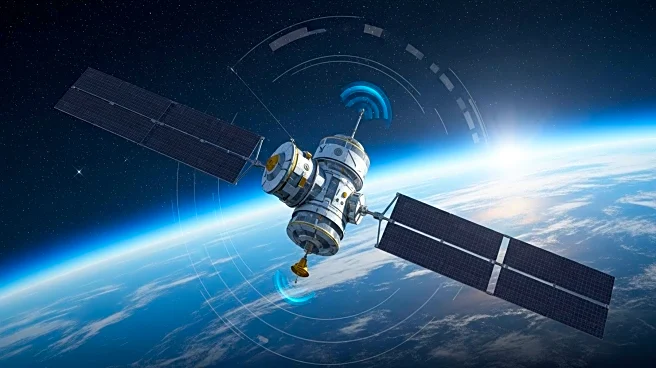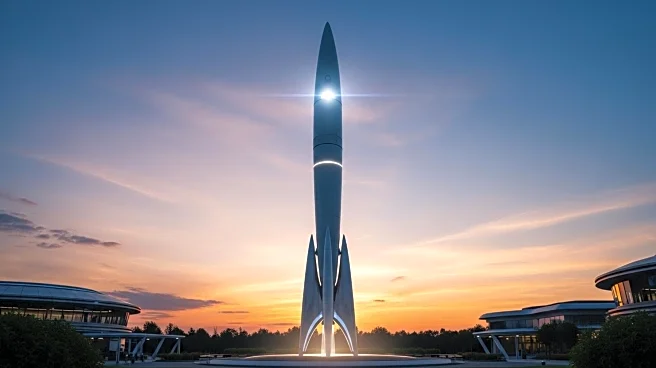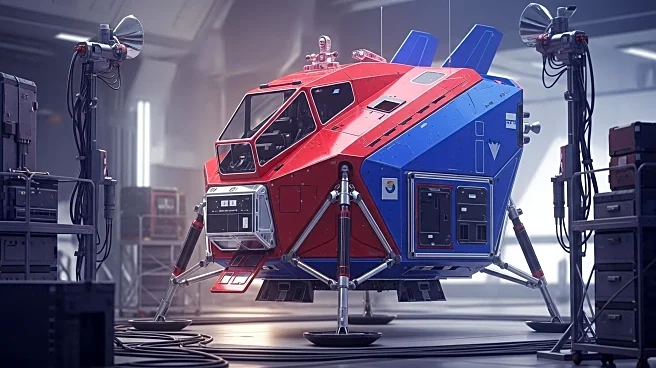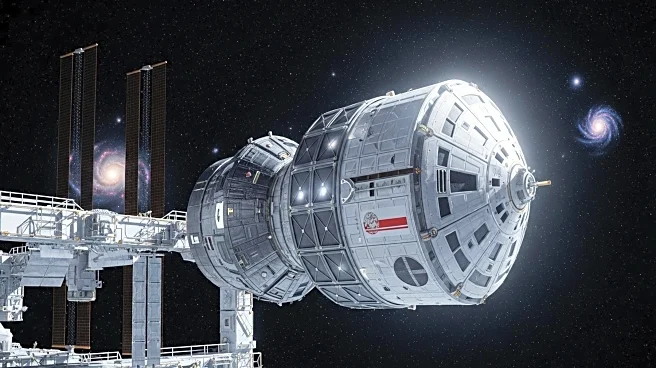What is the story about?
What's Happening?
SpaceX's Starship has successfully completed its 10th suborbital flight, breaking a streak of previous failures. Elon Musk, CEO of SpaceX, expressed confidence that the upgraded Starship, known as version 3, will begin delivering 100 tons of payload to orbit by 2026. The latest flight included a stress test on the heat shield, revealing significant scarring. Musk emphasized the importance of achieving full reusability of the rocket, which involves catching both the booster and the ship. The upgraded version will feature more powerful engines and a larger vehicle capable of carrying more propellant.
Why It's Important?
The successful test flight marks a significant milestone for SpaceX, potentially paving the way for more reliable and frequent space missions. Achieving full reusability could drastically reduce costs and increase efficiency in space travel, benefiting industries reliant on satellite deployment and space exploration. The ability to deliver large payloads to orbit is crucial for projects like the Starlink satellite network and NASA's Artemis lunar exploration campaign. However, the ambitious timeline set by Musk may face challenges, as previous attempts have shown the complexity of achieving full reusability.
What's Next?
SpaceX plans to conduct further test flights to refine the upgraded Starship's capabilities. The company aims to catch the upper stage with Mechazilla's 'chopstick' arms in future tests. The next steps involve addressing the heat shield's durability and ensuring the tiles remain intact during reentry. The transition to version 3 is expected to occur after one more flight of the current prototype. SpaceX's progress will be closely monitored by stakeholders in the aerospace industry, as successful implementation could revolutionize space travel.
AI Generated Content
Do you find this article useful?
